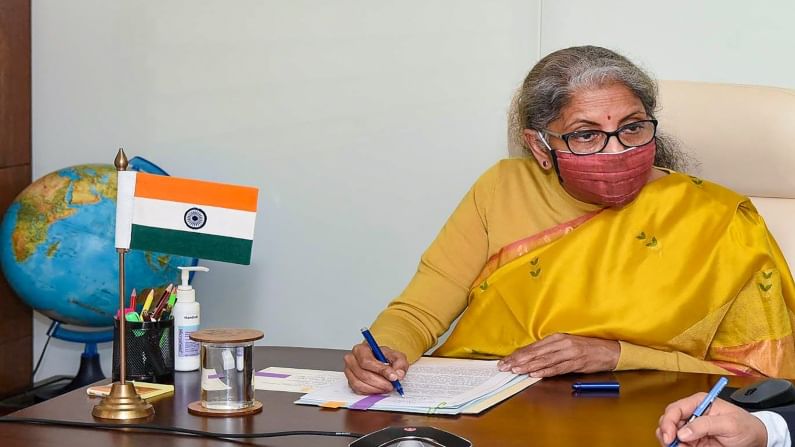Budget 2021: A 'Business as Usual' Budget won't do
India must aggressively prepare for the existential threat posed by climate change. This is critical for the survival and well-being of India’s future generations.

For much of 2020, Indian officialdom regaled us with talk of a V-shaped recovery. The Economic Survey presented on January 29 alluded to the same. In the run-up to the budget, talk has also turned to sustaining the “green shoots of economic recovery.”
Deficit hawks are out with their annual warnings against fiscal profligacy. Promoters of “big bang” reforms have disinvestment targets in their crosshairs. Others fantasise about an infrastructure investment boom while some bat for personal tax relief to boost consumption. It is almost as if nothing has changed.
The upcoming budget is shaping up to be a business-as-usual budget. That will be a historical blunder.
Economic recovery will take longer than most expect
An analysis of economic vulnerabilities by Oxford Economics finds that long-term economic scarring in India could be among the deepest in the world. Such scarring is not unusual. A decade after the Great Recession (2007-09), the US economy was “significantly smaller” than it should have been based on its pre-crisis growth trend.
Oxford Economics estimates that by 2025, “the long-term economic damage from the pandemic will be twice as severe in emerging markets compared with wealthy countries.”
But didn’t the IMF say that India’s economy would grow at 11.5% percent in 2021, faster than any large economy? That is correct, but this growth will come on top of an 8% contraction in 2020. That means India’s economy will grow at an average growth rate below 2% in 2020 and 2021. For years to come, the economy will be significantly smaller than it would have been on its pre-crisis growth trend.
Even before COVID-19, growth was slowing and poverty was rising. The World Bank estimates that hundreds of millions could become poor as a result of COVID-19.
India’s massive economic contraction guarantees a substantial spike in poverty. As the poor fend for themselves, seven Indian billionaires added US$64 billion to their wealth during the pandemic. To put this into perspective, the Indian government could only muster US$40 billion in stimulus spending for 1.3 billion people.
What should the government do?
It certainly should not rely on bureaucratic tinkering with revenues and expenditures. It requires a carefully crafted near-term strategy with seeds embedded for longer-term impact. To this end, the government must embrace three transformative ideas. First, India needs a transparent government. That means transparency in public finances, in socioeconomic data, and political funding. This will help rebuild trust with economic players, both at home and abroad.
Second, India must commit to dramatically expand investments in people. Many extol the virtues of infrastructure investments. It is the same people who pushed for and got a massive cut in corporate taxes. Those tax cuts did not yield higher investments but burnt a hole in public finances and created a more regressive tax structure. Instead, it is now time to go big on health, nutrition, education, and skilling. This will create needed jobs (think doctors, nurses, teachers, health workers, etc). More importantly, it will create a labour force well suited for the future.
Third, India must aggressively prepare for the existential threat posed by climate change. This is critical for the survival and well-being of India’s future generations. The budget should set in motion an ambitious plan to get the best minds to turn the threat of climate change into an opportunity of a lifetime. There is an urgent need to leverage fresh ideas, innovative solutions, and new technologies to build a climate friendly economy.
To finance transformative changes, India must ensure that the wealthiest individuals and corporations pay their fair share. The government must also transparently exit inefficient enterprises, dispose of unproductive assets, and repair bank balance sheets. For good ideas to work, bad ideas are a distraction. Atmanirbhar Bharat comes to mind.
It will make India uncompetitive on the global stage. It is failure redux. Just drop it.
The COVID-19 pandemic is a once-in-a-lifetime crisis. Going back to normal will be a mistake. The old normal included opaque governance systems, an unjust economy, and an India that was unprepared for the future. The budget presents an opportunity to embark on a radically different path.
(The writer is a development expert, author, and commentator. Views expressed are personal)

